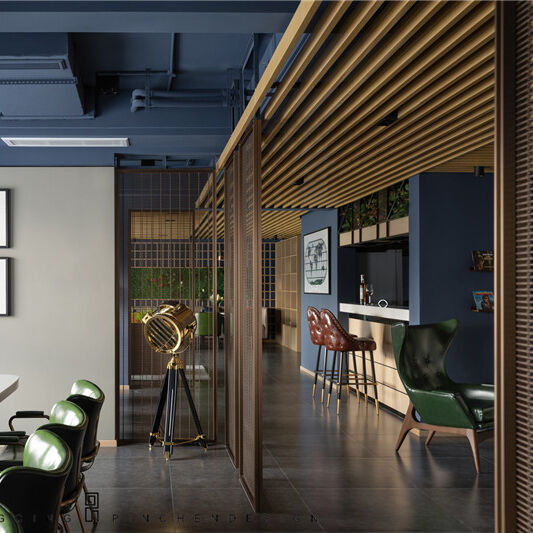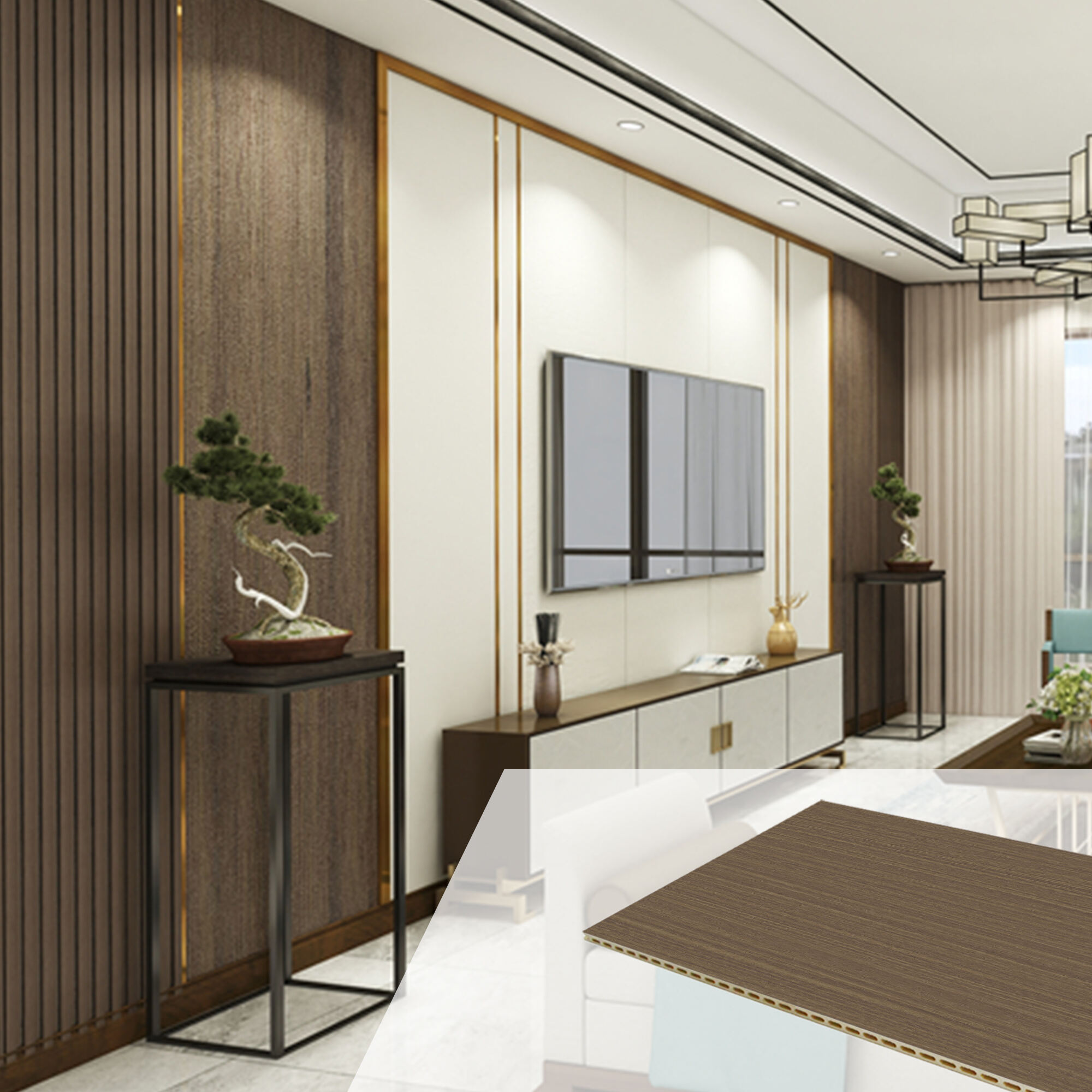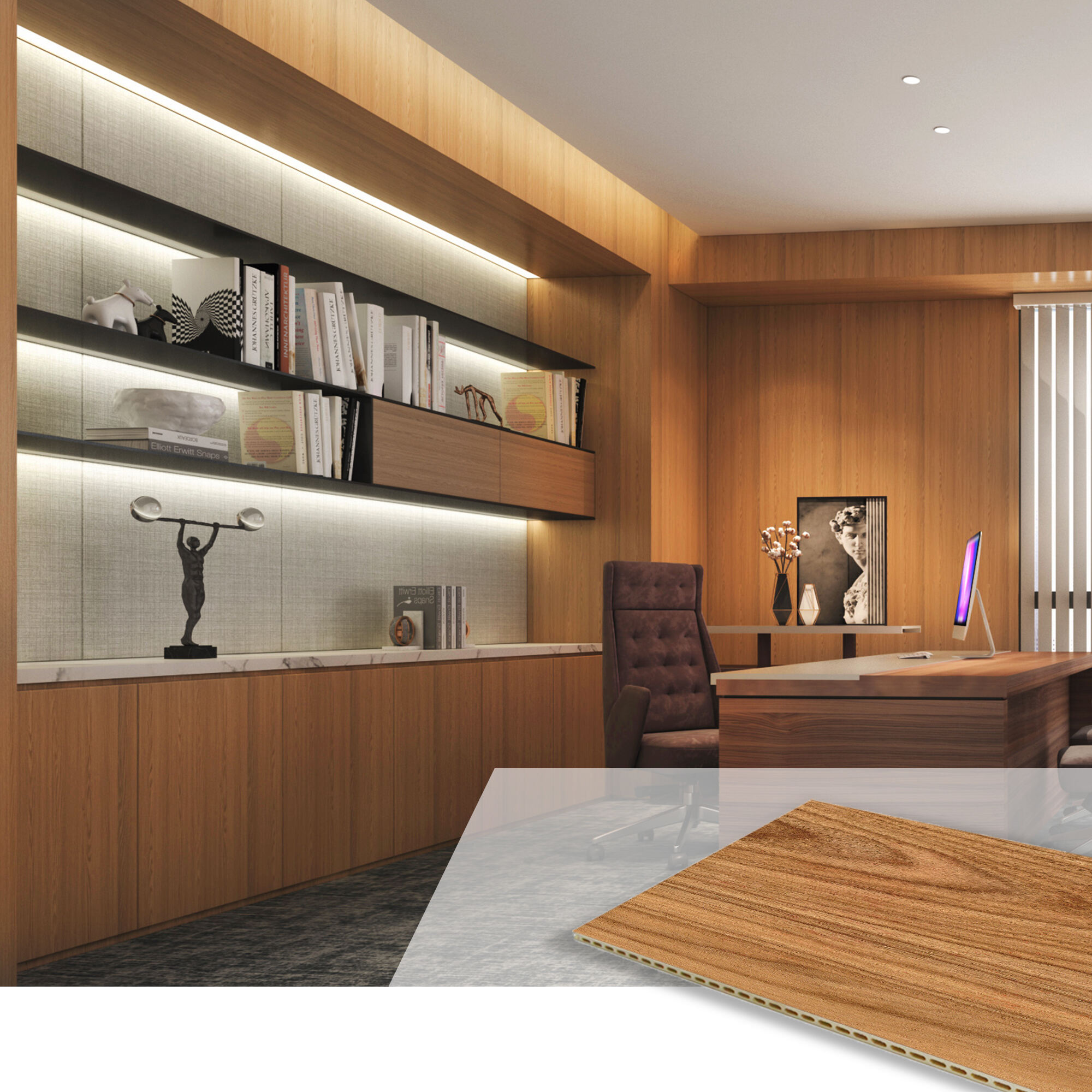wpc fluted panel price
WPC fluted panel pricing represents a crucial consideration for modern construction and design projects, offering a balance between cost-effectiveness and premium quality. These innovative panels, constructed from a blend of wood fiber and polymer materials, typically range from $15 to $45 per square meter, depending on specifications and quantity. The price variance reflects different thickness options, usually available from 8mm to 25mm, and surface finish selections. These panels feature a unique fluted design that creates striking visual appeal while maintaining structural integrity. The pricing structure often includes considerations for UV protection coatings, moisture resistance treatments, and fire-retardant properties. Manufacturers generally offer bulk purchase discounts, making larger projects more economical. Installation costs typically add $5-$10 per square meter, though this varies by region and complexity. The long-term value proposition of WPC fluted panels is enhanced by their minimal maintenance requirements and durability, often lasting 15-20 years with proper care. This longevity factor significantly impacts the overall cost-benefit analysis when compared to traditional materials.


